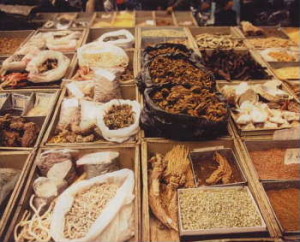Food is any nutritious substance that people or animals eat or drink or that plants absorb in order to maintain life and growth. Most food sources are plants. Some food is directly obtained from plants. Food processing is the transformation raw ingredients, by physical or chemical changes into food. It combines raw ingredients to produce marketable food products that can be easily prepared and served by the consumer.
Historically, people were using two methods to secured food through: hunting and gathering, and agriculture. Today, food industry is supplied most of the food energy required for the increasing population in the world. Food processing dates back to the prehistoric ages when crude processing incorporated fermenting, sun drying, preserving with salt, and various types of cooking, such basic food processing involved the chemical enzymatic changes to the basic structure of food in its natural form, as well served to build a barrier against surface microbial activity that caused rapid decay.
Benefits of food processing include preservation, toxin removal, easing marketing and distribution tasks, and increased food consistency. In addition, it increases yearly availability of many foods, enables transportation of delicate perishable foods across long distances and makes many kinds of foods safe to eat by de-activating spoilage and pathogenic micro-organisms. Modern supermarkets would not exist without modern food processing techniques, and long voyages would not be possible. Any processing of food can affect its nutritional density. The loss of nutrients depends on the food and processing method.
For example the heat destroys the vitamin C. Therefore, canned fruits possess less vitamin C than their fresh alternatives. On average this process reduces any given nutrient by as little as 5%-20%. New research highlighting the importance to human health of a rich microbial environment in the intestine indicates that abundant food processing endangers that environment.

